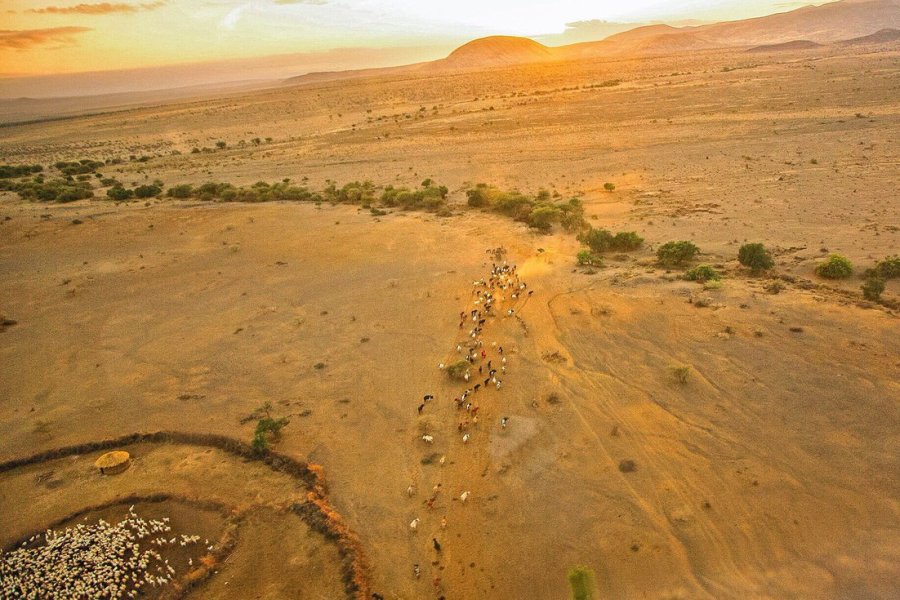Engaruka is an abandoned system of ruins in the Great Rift Valley found in Arusha province, famed for its irrigation and cultivation structures along the foot of the Rift Valley escarpment and very important Iron Age archaeological sites in eastern Africa. Firstly discovered by German explorer Gustav Fischer, who passed them at July 1883 and compared them to the tumbled-down walls of ancient castles
In the 15th century, an Iron Age farming community built a large continuous village area on the foot slopes of the Rift Valley escarpment, housing several thousand people. They developed an intricate irrigation and cultivation system, involving a stone-block canal channeling water from the Crater Highlands rift escarpment to stone-lined cultivation terraces, measures were taken to prevent soil erosion and the fertility of the plots. Lately the identity of the founders and why they left in 18th it’s not known.
According to different sources Iraqw (a Cushitic-speaking group of cultivators residing in the Mbulu Highlands of northern Tanzania), The Maasai and Sonjo (small Bantu-speaking living some 60 miles to the northwest) are tribes that are said to be linked to Engaruka site. New studies have also revealed new information about the Middle Stone Age and Pastoral Neolithic occupational histories of the area.
Originally posted 2018-06-11 12:10:58.
Originally posted 2018-06-11 12:10:58.
